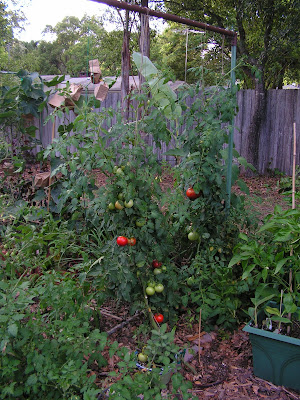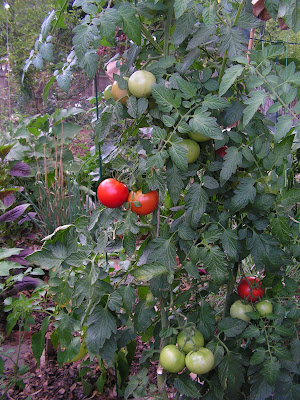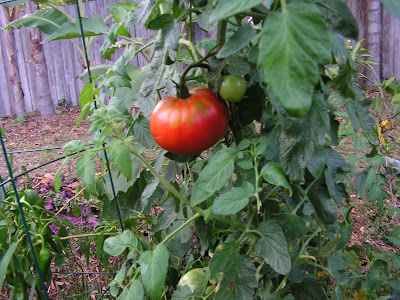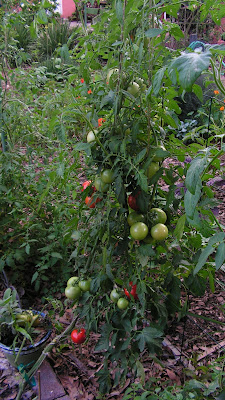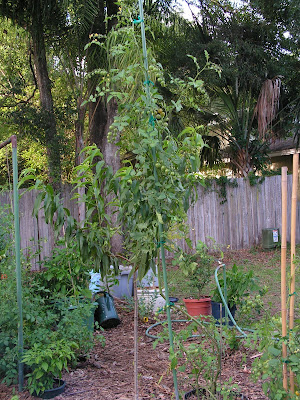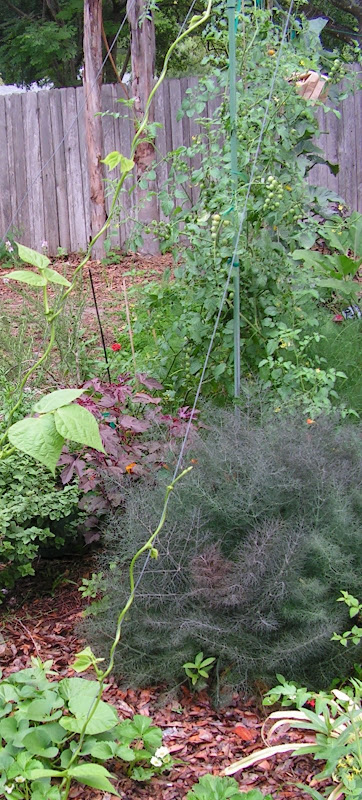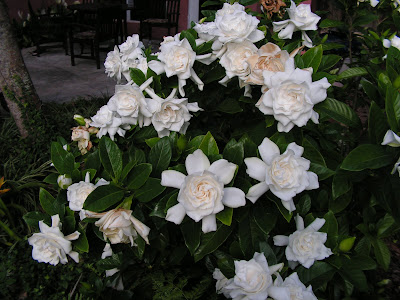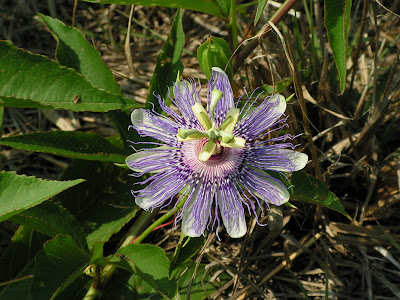From Julie Sahni's magnificent Classic Indian Vegetarian and Grain Cooking...
HYDERABAD HOT GREEN CHILI PEPPERS BRAISED IN ALMOND-CREAM SAUCE (Mirch ka Salan) + For some Indians flavoring food with hot chilies is not enough. They want to eat the chilies in their own right. So here is a recipe from Hyderabad of chili peppers braised just as you would any vegetable, in an almond-cream sauce. In the recipe I recommend Anaheim chilies, as I find the hot green chilies too strong. But for those with a fiery palate, poblano peppers probably would be more suitable here. FOR 6—8 PERSONS
- 7 tablespoons light vegetable oil
- 1 cup minced onion
- 3—inch stick cinnamon
- 1 ½ teaspoons minced garlic
- 1 tablespoon shredded fresh ginger
- 2 tablespoons ground almonds
- 1 tablespoon ground coriander
- ½ cup water
- 1 teaspoon ground cumin
- ½ teaspoon ground cardamom
- ¼—½ teaspoon cayenne pepper
- 1 cup coconut milk, plain yogurt, light cream, or a combination of all these
- 1 pound mildly hot fresh green chilies (such as Anaheim, preferably small ones), slit
- 2 medium-size tomatoes, cut into 1-inch-thick wedges
- 2 tablespoons finely chopped fresh coriander
- 3/4 teaspoon coarse salt, or to taste
- Heavy cream or milk
1. Measure out the spices and place them right next to the stove in separate piles. Heat 4 tablespoons of the oil in a heavy skillet until hot and add the onion. Over medium-high heat fry the onion until light brown, stirring constantly to prevent burning (about 10 minutes).
2. Add the cinnamon, garlic, ginger, and almonds, and continue frying until the seasonings look a little shriveled and the almonds begin to darken (3—4 minutes). Add the coriander, cumin, and cayenne, and let sizzle for 1 5 seconds; then add the coconut milk and bring to a boil. Lower the heat and cook, covered, for 10 minutes. Uncover and continue cooking until the mixture looks like a thick pulp and the oil begins to separate from the gravy. Add the ½ cup water and cook for an additional 3 to 5 minutes or until the water has blended in and the sauce develops a nice thick consistency. Turn off the heat. With a spatula transfer all the sauce to a howl.
3. Add the remaining 3 tablespoons of oil to the same pan. Increase the heat to medium-high and add the chili peppers. Sauté, turning them, for 3 to 5 minutes or until they are well coated with oil, look glazed, and begin to steam. Add the tomatoes, increase the heat to high, and continue cooking, turning and tossing, for an additional 1 or 2 minutes.
4. Add the reserved sauce and mix well. Lower heat and cook, cove red, until the peppers look wilted (about 10 minutes). Do not overcook or they will become too limp and soft. Check and stir a few times to make sure the sauce is not sticking or burning. Stir in the coriander and salt. Turn off heat. Serve warm. If desired, fold in a few tablespoons of cream or milk to mellow and velvetize the sauce.







